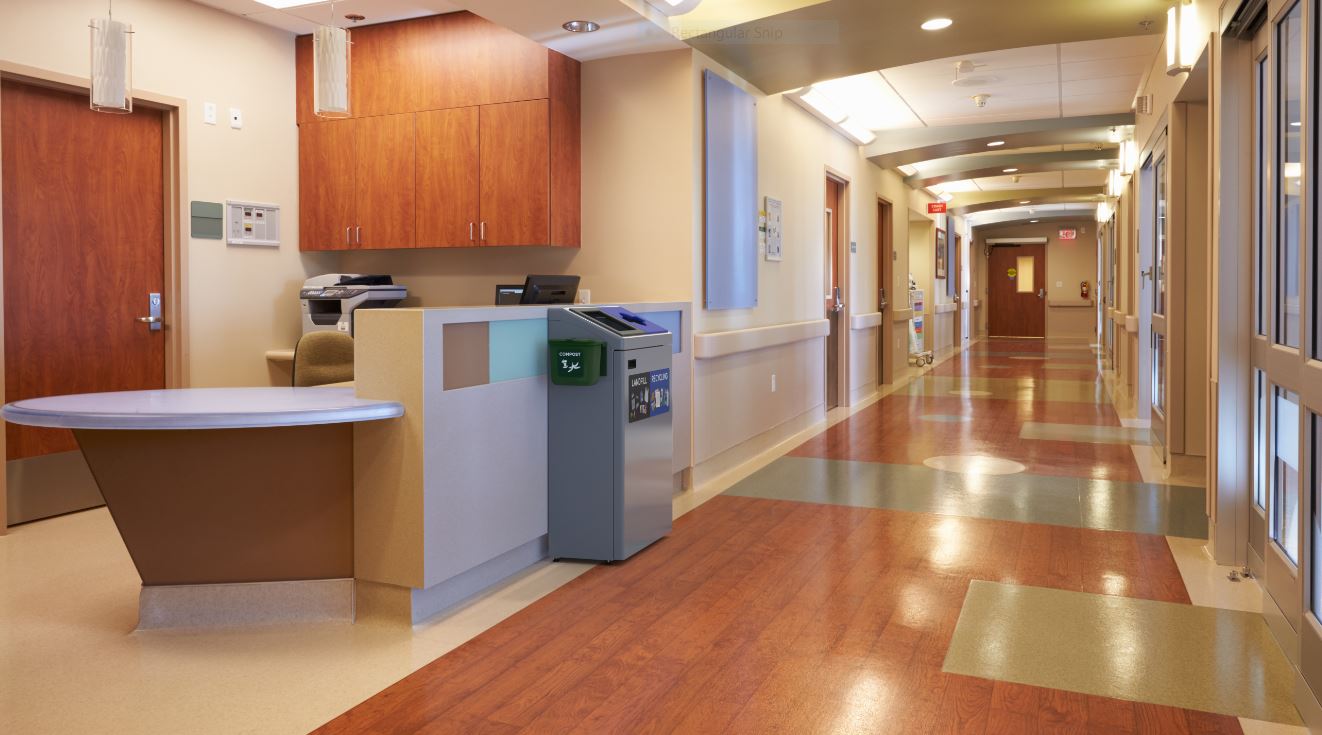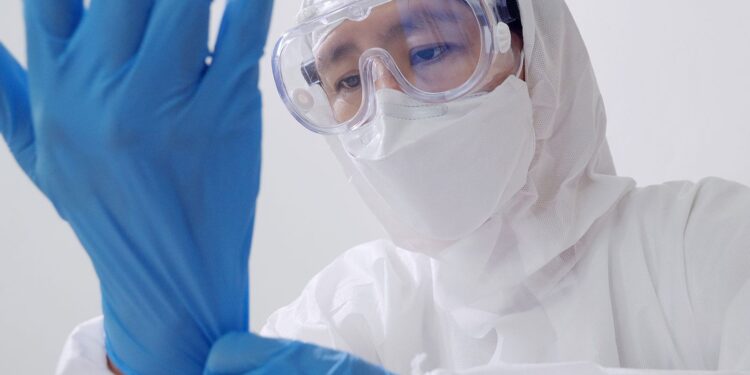There are several ways that hospitals can dispose of healthcare waste. One option is to treat the waste on-site. This can be done through a number of methods, such as autoclaving, which uses high pressure and steam to kill microorganisms; incineration, which involves burning the waste at high temperatures; or chemical disinfection, which uses chemicals to kill microorganisms. Another option is to transport the waste off-site to a medical waste facility, where it will be treated before being disposed of in a landfill. Finally, some hospitals may choose to compost their healthcare waste. This involves using microorganisms to break down organic matter into compost, which can then be used as fertilizer. Regardless of the method used, it is important that all healthcare waste is properly treated before it is disposed of in order to reduce the risk of infection and disease.

Autoclaving uses steam under pressure to sterilize medical instruments and waste. The benefits of autoclaving over incineration include that it is less expensive and doesn’t produce hazardous air pollutants. A downside to autoclaving is that it can’t be used for all types of waste and doesn’t always completely destroy all pathogens.
The decision of which method to use depends on the type of medical waste as well as state and federal regulations. Incineration should be used for sharp objects, while autoclaving can be used for other types of biomedical waste such as fluids and tissues. State regulations play a role as some states don’t allow medical waste to be transported across state lines for incineration. In this case, autoclaving would be the better option. Federal regulations also come into play as the EPA has strict emissions standards for incinerators. If an incinerator can’t meet these standards, autoclaving would again be the better option. Ultimately, determining which method to use depends on a variety of factors and should be decided on a case-by-case basis.

Hospital waste segregation is an important process that helps to keep patients, staff, and the general public safe. In the United States, the Environmental Protection Agency (EPA) has established strict guidelines for the segregation and disposal of medical waste. The goal of these guidelines is to ensure that hazardous waste is managed safely and effectively from the point of origin to its final destination. Proper segregation of medical waste streams is essential for proper transportation, recycling, treatment, and disposal. By following these guidelines, hospitals can help protect the health and safety of everyone involved.
Healthcare facilities generate a lot of waste – everything from used syringes and bandages to medical equipment and even hazardous materials. If this waste is not properly managed, it can pose a serious threat to public health and safety. That’s why it’s so important for hospitals to comply with all local, state, and federal laws governing the disposal of healthcare waste.
AdvoWaste Medical is a leading provider of healthcare waste management solutions. We have extensive experience navigating the complex regulatory landscape surrounding hospital waste disposal. We offer a full range of services to help our clients comply with all relevant laws and regulations, while also driving safety, cost, and environmental outcomes. Trust AdvoWaste Medical for all your healthcare waste management needs.

